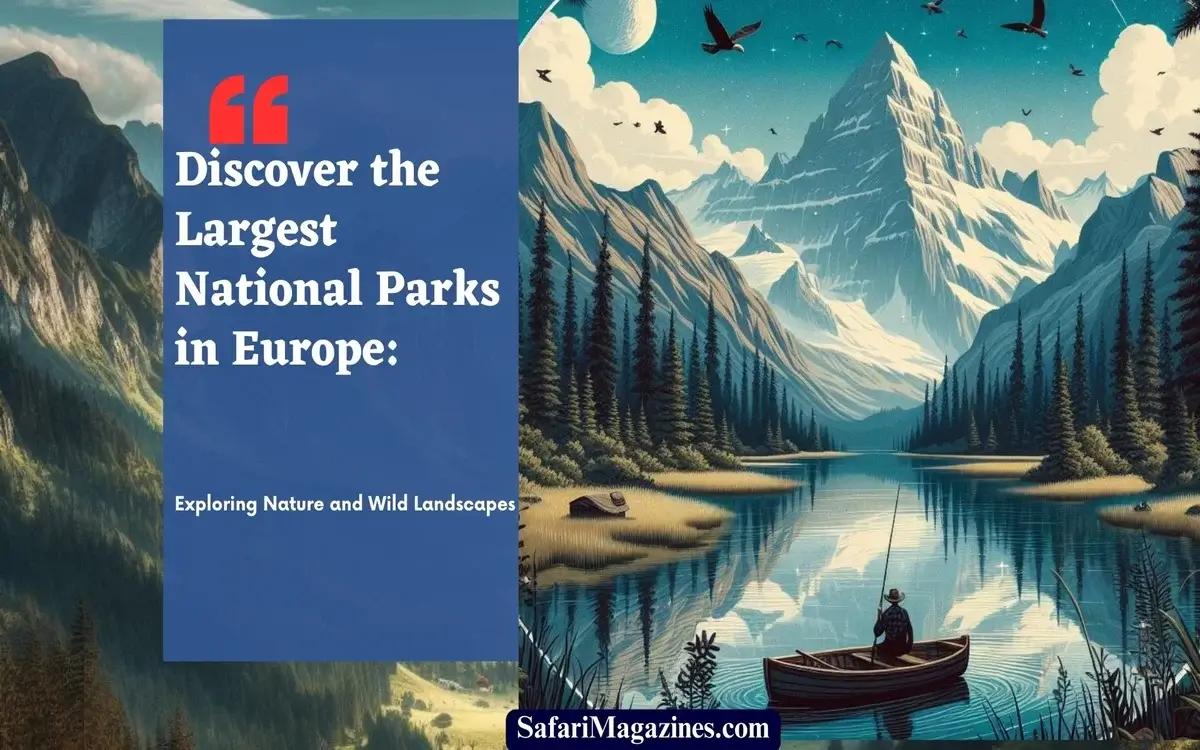
Discover the Largest National Parks in Europe, Exploring Nature and Wild Landscapes. Europe is known for its cultural heritage and stunning scenery. It is also home to amazing natural environments. The continent boasts its stunning national parks that are havens for both wildlife and nature lovers. In this article, we will explore the largest national parks in Europe, their landscapes, biodiversity, and conservation efforts.
Table of Contents
ToggleOverview of European National Parks
National parks, as defined by the International Union for Conservation of Nature (IUCN), are areas set aside for the conservation of biodiversity and the protection of natural and cultural resources. In Europe, these parks play an important role in preserving the continent’s environment. In addition to providing opportunities for entertainment, education, and scientific research.
Criteria for Selection
When it comes to identifying the largest national parks in Europe, there are several criteria. The park’s total area, the variety of ecosystems it contains, and its importance in preserving habitats and promoting conservation are all factors to consider.
Continue reading: Discover the Largest National Parks in Europe: Exploring Nature and Wild Landscapes
Top 10 National Parks in Europe
Let’s start a journey to discover some of the largest and most remarkable national parks in Europe.
Sarek National Park, Sweden
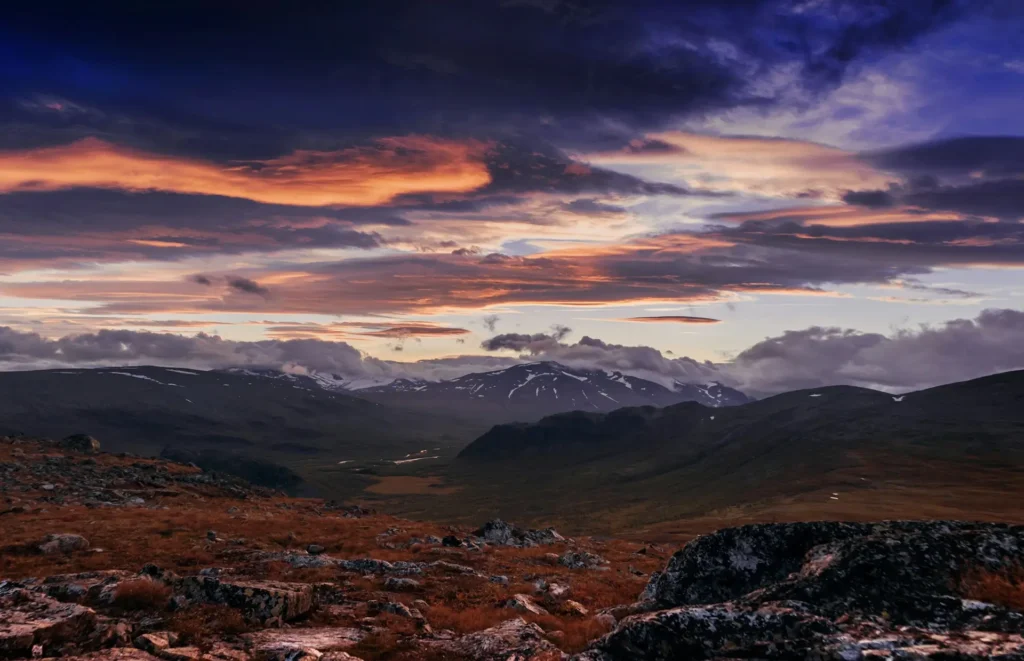
Nestled within the Arctic Circle, Sarek National Park stands as one of Europe’s last true wilderness areas. Covering more than 1,970 square kilometers of rugged terrain, including towering mountains, deep valleys, and glacier-fed rivers. Hikers and explorers looking for a true wilderness experience will find paradise in the Sarek region. Its pure landscape is home to a variety of wildlife, including brown bears, reindeer, and golden eagles. Conservation efforts in Sarek focus on maintaining the park’s natural processes and wilderness character. It making a beacon of wilderness conservation in Europe.
Vatnajökull National Park, Iceland
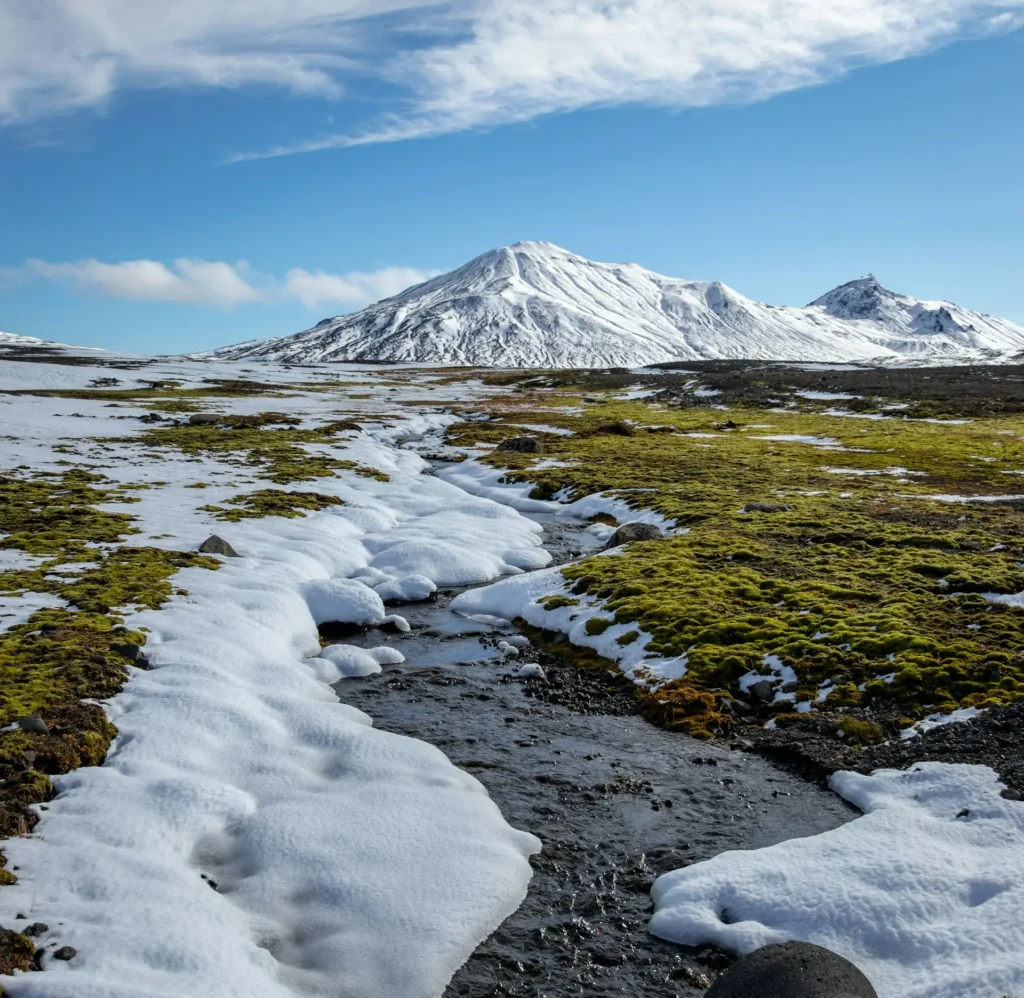
In Iceland, the Vatnajökull National Park has the largest glacier in Europe, Vatnajökull. Along with many of the landscapes formed as a result of volcanic activity and glacial processes. Vatnajökull National Park is covering more than 14,000 square kilometeres. This vast wilderness area contains beautiful ice caves, waterfalls, and volcanic landscapes. Vatnajökull, with its mesmerizing beauty and unmatched exploration opportunities, attracts adventurers and nature lovers from around the globe, despite its distant location and challenging climate.
Cinque Terre National Park, Italy
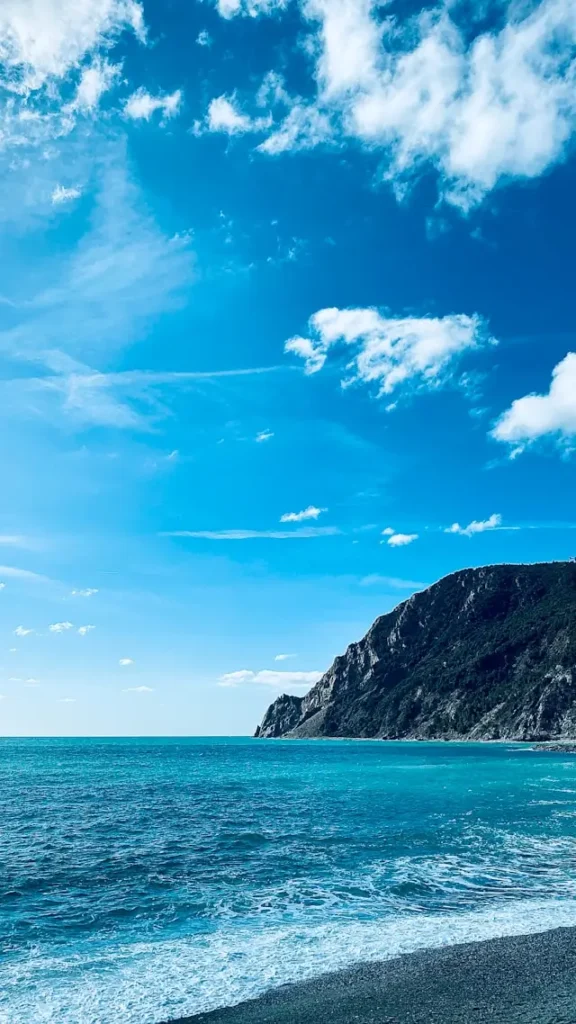
Switching gears from icy wilderness to sun-drenched coastlines, we find Cinque Terre National Park along the rugged Italian Riviera. While not as expansive as some of its northern counterparts, Cinque Terre is no less spectacular. It includes a series of five wonderful coastal villages set among vineyards and olive groves. So, this UNESCO World Heritage Site is known for its beautiful hiking trails, charming villages, and rich cultural heritage. Although it is a popular destination, there are ongoing initiatives to protect the park’s delicate ecosystems and traditional lifestyle. This makes it an exemplary model for sustainable tourism in Europe.
Continue reading: Discover the Largest National Parks in Europe: Exploring Nature and Wild Landscapes
Peneda-Gerês National Park, Portugal
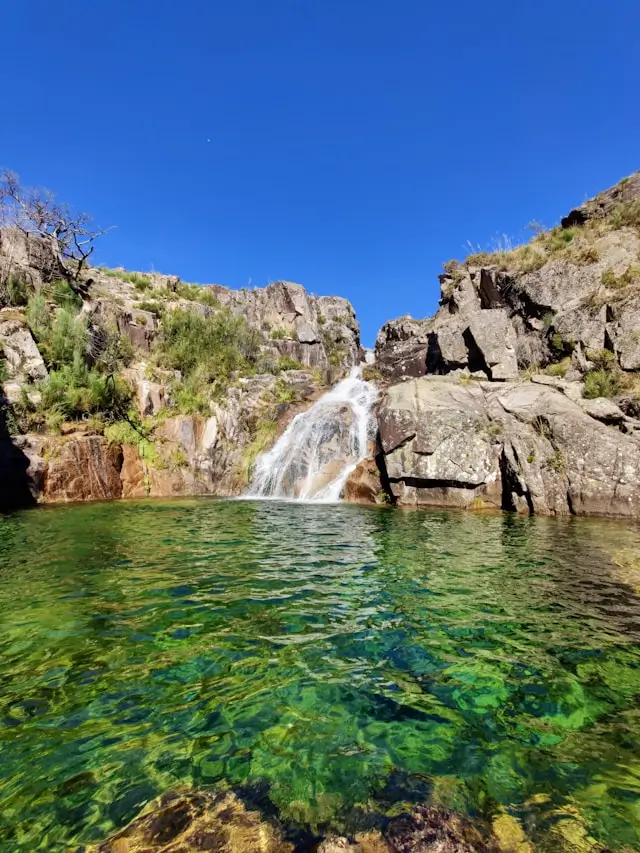
Going to the Iberian Peninsula, we encounter Peneda-Gerês National Park, Portugal’s only national park. Peneda-Gerês is spanning over 700 square kilometers of rugged mountains, green forests, and clear rivers. The Peneda-Gerês region is a haven for wildlife and nature lovers alike. Here, visitors can explore ancient villages, hike beautiful trails, and encounter wildlife such as Iberian wolves, wild horses, and golden eagles. Conservation efforts in Peneda-Gerês focus on preserving the park’s biodiversity while promoting sustainable tourism practices that benefit local communities and ecosystems.
Pyrenees National Park, France/Spain
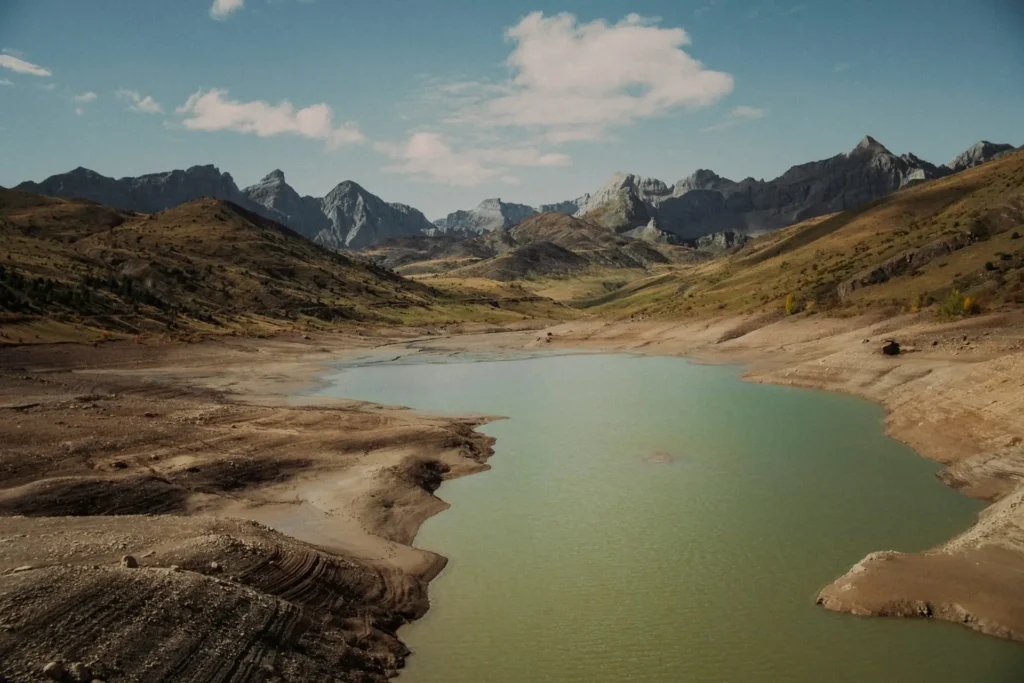
Now, let’s focus on the Pyrenees National Park, which is a protected area that stretches across the border of France and Spain. Covering more than 460 square kilometers of rough mountains. From lush valleys to untouched forests, this park is a hub of diverse wildlife. Visitors to the Pyrenees can hike through ancient beech forests, and spot rare wildlife such as Pyrenean chamois and lammergeiers. So they can immerse themselves in the rich cultural heritage of the region. Conservation in the Pyrenees aims to protect the park’s special ecosystems and encourage sustainable tourism. These efforts aim to benefit nature and local communities.
Cairngorms National Park, Scotland, UK
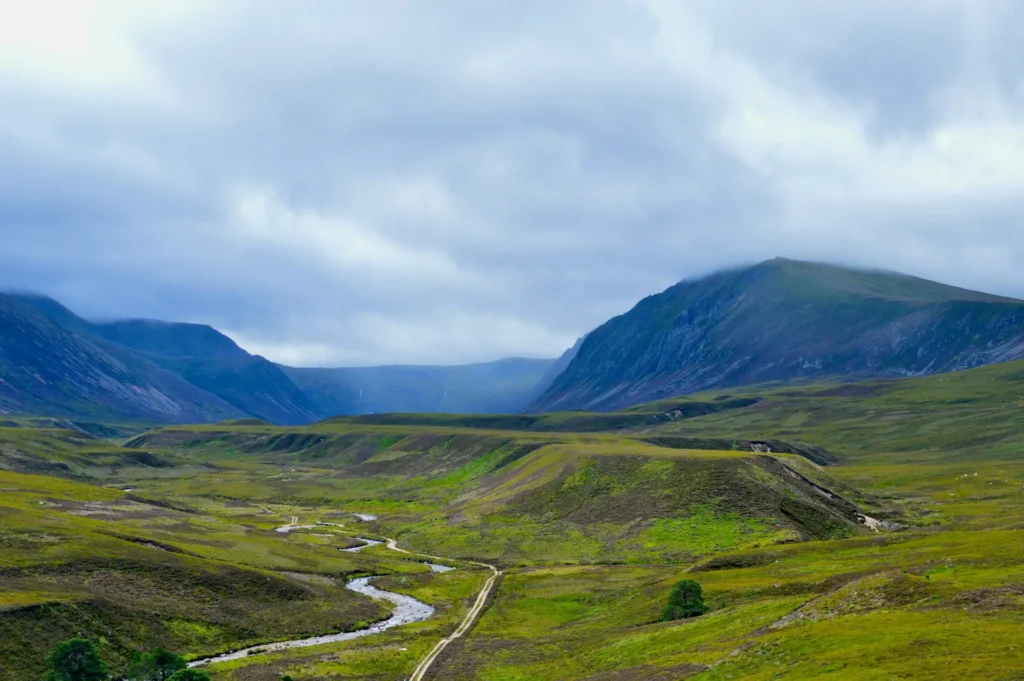
Nestled in the heart of the Scottish Highlands, Cairngorms National Park is the largest national park in the UK. It’s spanning over 4,500 square kilometers of rugged mountains, ancient Caledonian forests, and pristine lochs. Cairngorms is a haven for famous animals like red deer, Scottish wildcats, and golden eagles. It provides numerous outdoor activities such as hiking, mountain biking, and wildlife observation. Conservation efforts are also prioritized. efforts in Cairngorms focus on protecting its unique habitats and promoting sustainable tourism practices that benefit both nature and local communities.
Continue reading: Discover the Largest National Parks in Europe: Exploring Nature and Wild Landscapes
Hohe Tauern National Park, Austria
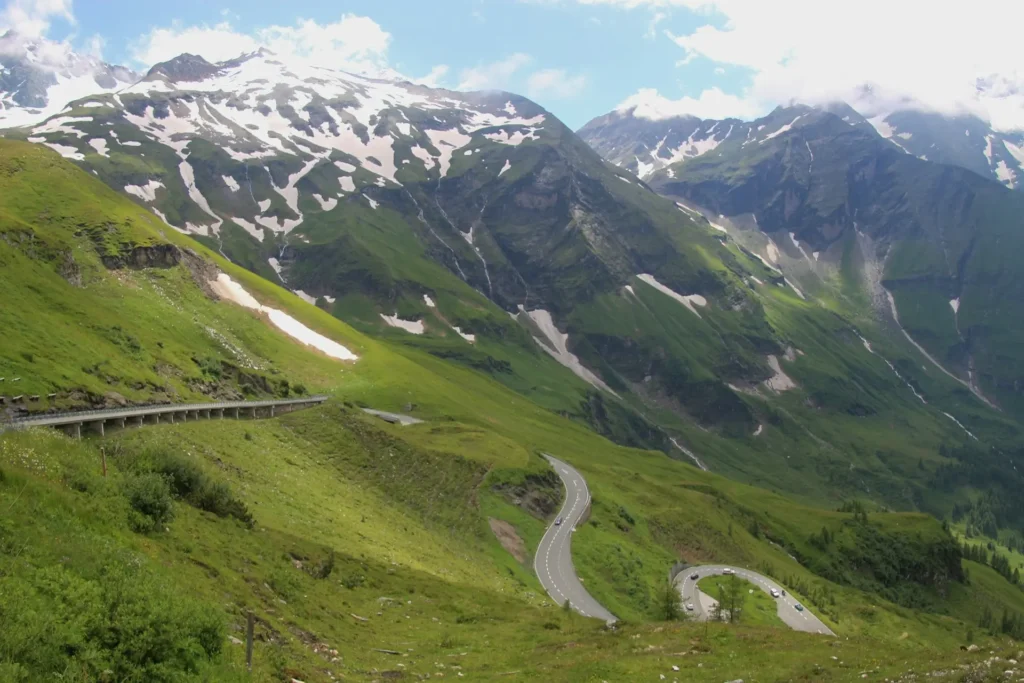
Located in the Austrian Alps, Hohe Tauern National Park is the largest protected area in the Alps. It’s covering over 1,800 square kilometers of towering peaks, glacier-fed valleys, and alpine meadows. The UNESCO Biosphere Reserve is a place where different ecosystems thrive and where you can find amazing wildlife such as ibex, chamois, and golden eagles. Visitors to the Hohe Tauern can explore a network of hiking trails, visit picturesque mountain villages, and learn about the park’s rich cultural heritage. Conservation efforts in Hohe Tauern focus on preserving its fragile alpine ecosystems and promoting sustainable tourism practices that respect nature and local traditions.
Picos de Europa National Park, Spain
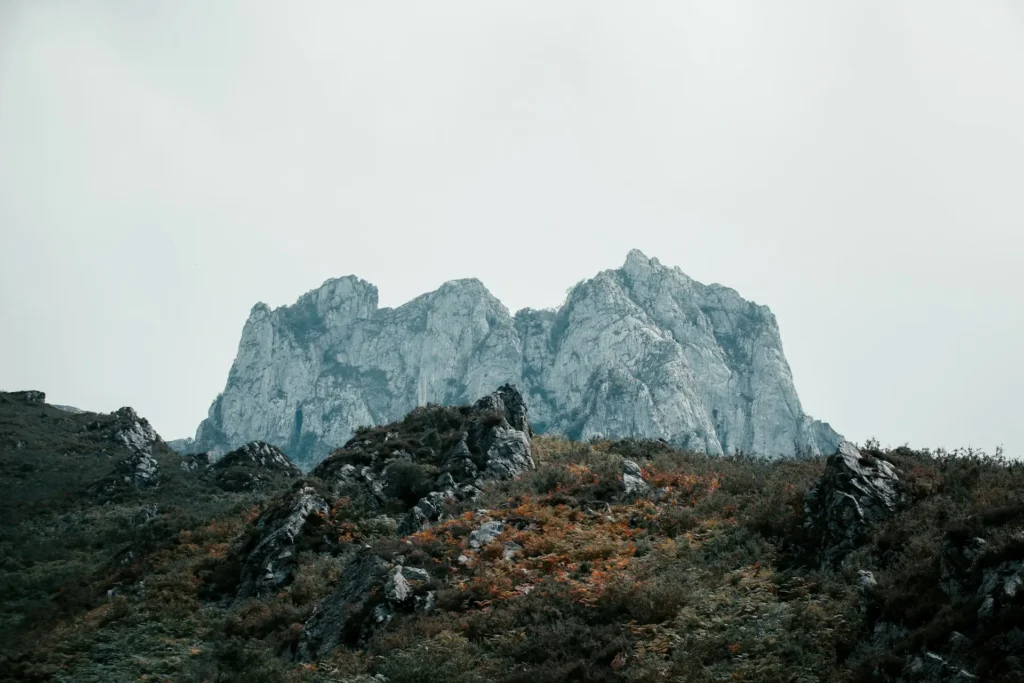
Tucked away in the rugged mountains of northern Spain, Picos de Europa National Park is a paradise for outdoor enthusiasts and nature lovers. It’s Spanning over 650 square kilometers of limestone peaks, deep gorges, and verdant forests. Picos de Europa is home to a rich diversity of flora and fauna, including brown bears, wild boar, and bearded vultures. Visitors to the park can hike scenic trails, explore picturesque villages, and marvel at stunning views such as Fuente Dé. Conservation efforts in Picos de Europa focus on preserving its unique landscapes and cultural heritage while promoting sustainable tourism practices that benefit both nature and local communities.
Continue reading: Discover the Largest National Parks in Europe: Exploring Nature and Wild Landscapes
Rila National Park, Bulgaria
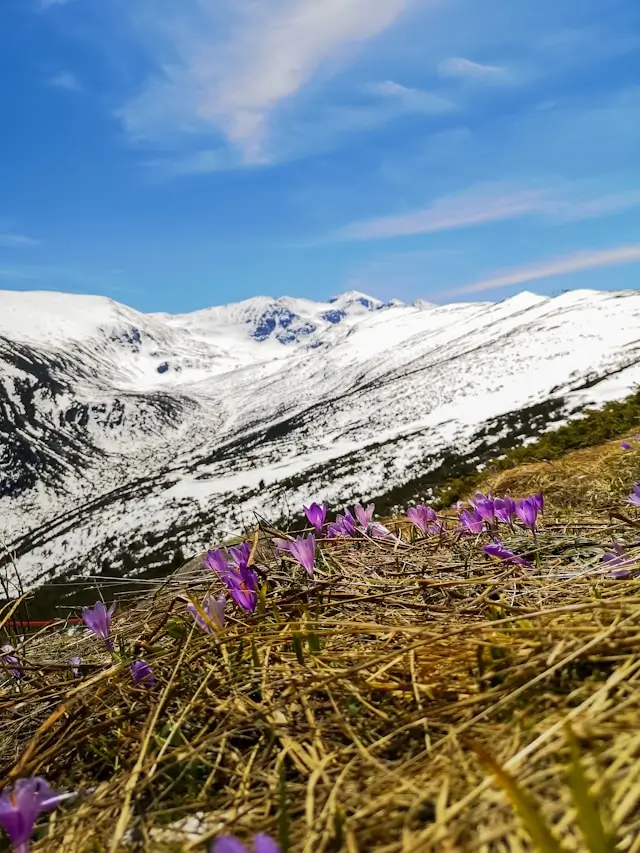
In the heart of the Balkan Peninsula lies Rila National Park, Bulgaria’s largest national park and a UNESCO World Heritage Site. It’s encompassing more than 81,000 hectares (810 sq. km) of rugged mountains, alpine meadows, and pure lakes. Rila is a haven for biodiversity and outdoor recreation. Home to iconic species such as brown bears, wolves, and Balkan chamois, the park offers a network of hiking trails, including the popular Seven Rila Lakes route. Conservation efforts in Rila focus on preserving its fragile ecosystems and promoting sustainable tourism practices that benefit both nature and local communities.
Lake District National Park, England, UK
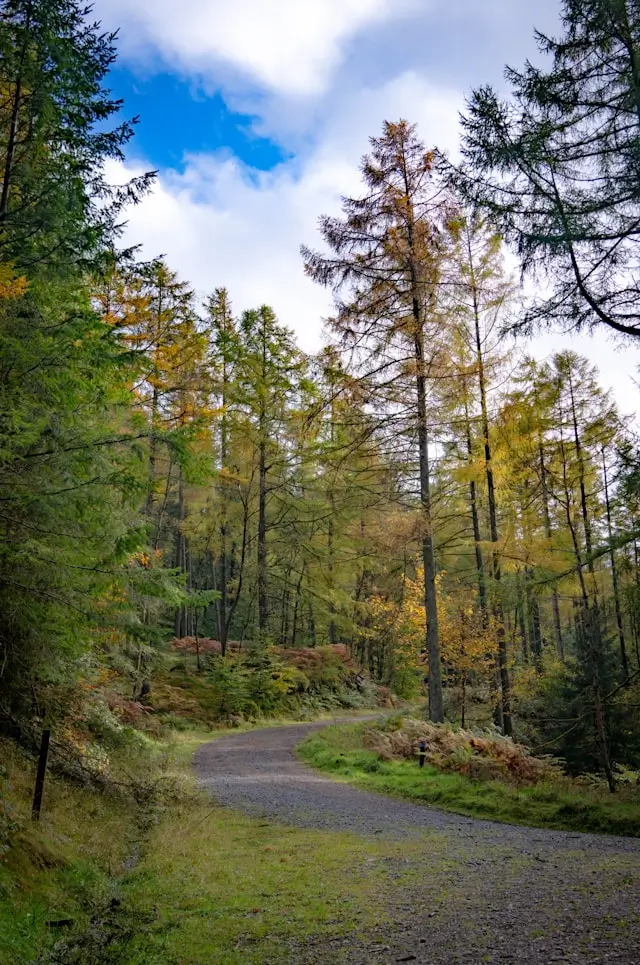
England’s Lake District National Park is renowned for its stunning landscapes, picturesque lakes, and literary heritage. Spanning over 2,300 square kilometers of rolling hills, rugged fells, and tranquil lakes. The Lake District is a paradise for hikers, cyclists, and nature lovers. It also includes famous landmarks such as Scafell Pike, England’s highest peak, and Windermere, its largest lake. The park offers a wealth of outdoor activities and cultural attractions. Conservation efforts in the Lake District focus on preserving its natural beauty and cultural heritage while promoting sustainable tourism practices that benefit both nature and local communities.
Related topics:
- Earth’s Largest National Parks by Continent
- Luxury Travel Experiences in Europe
- Africa’s Largest National Parks
- Largest National Parks in Asia
- World’s Biggest National Parks
- Largest National Parks in the United States
You may also like:
- Discover Luxury Travel Experiences in Europe
- Luxury Hotels in Europe
- Europe’s Traditional Clothing
- Top 10 Best Museums in Egypt
Summary of Europe’s Biggest National Parks

Europe’s national parks offer best chances for exploration, adventure, and protection, making them some of the continent’s most priceless natural riches. We can ensure that future generations will continue to be amazed by the splendor and richness of Europe’s wilderness sites by protecting these pure places and encouraging sustainable tourism practices.
FAQs about European National Parks
Q1: Are European national parks open year-round?
A1: Most European national parks are open year-round, although access to certain areas may be restricted during the winter months due to weather conditions or wildlife conservation efforts.
Q2: Can I camp in European national parks?
A2: Camping regulations vary depending on the park, but many European national parks offer designated campsites as well as opportunities for backcountry camping with proper permits.
Q3: Are European national parks wheelchair accessible?
A3: Accessibility varies from park to park, but many European national parks offer accessible trails, facilities, and visitor centers to accommodate visitors with mobility challenges.
Q4: What wildlife can I expect to see in European national parks?
A4: European national parks are home to a diverse array of wildlife, including bears, wolves, lynx, deer, birds of prey, and various species of fish and amphibians.
Q5: How can I support conservation efforts in European national parks?
A5: You can support conservation efforts in European national parks by following park regulations, practicing Leave No Trace principles, supporting local conservation organizations, and participating in volunteer programs and fundraising initiatives.
